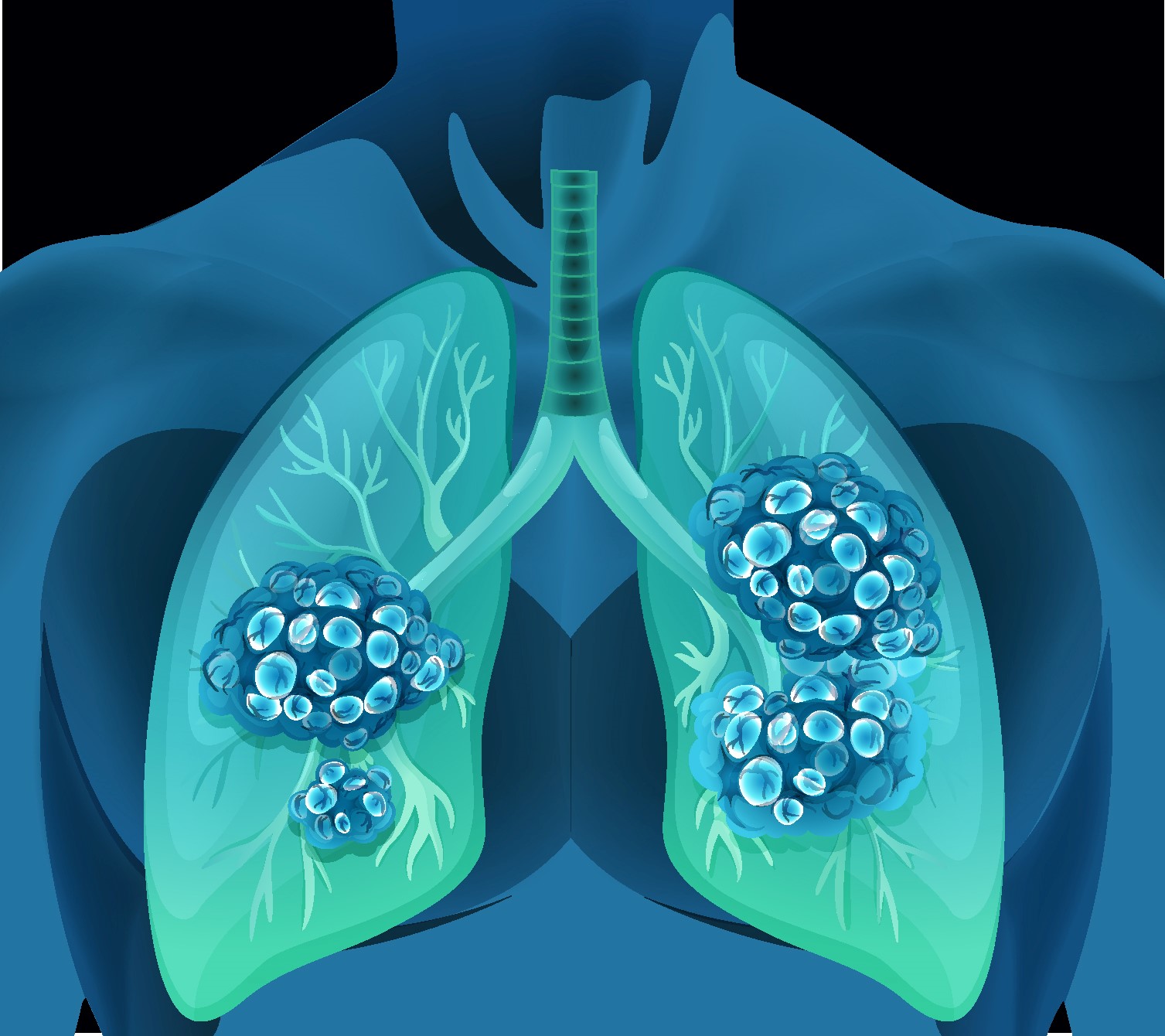Extracorporeal membrane oxygenation (ECMO) is increasingly being utilized to help children on the transplant waiting list who cannot get traditional respiratory support. This study assessed in-hospital mortality and a composite outcome of 1-year death or retransplantation in children on ECMO vs those on mechanical ventilation (MV) or no support. From January 2004 until August 2019, Researchers used the United Network for Organ Sharing (UNOS) to examine lung transplant recipients under 20. Recipients were divided into three groups based on their amount of respiratory support at the time of transplantation: ECMO, MV, or none. The type of support and in-hospital mortality were assessed using multivariable analysis. Results: Of the 1,014 children who received a lung transplant, 68 (6.7%) required ECMO as a bridge to transplant, 144 (14.2%) required MV, and 802 (79.1%) required neither.
Cystic fibrosis (43%) was the most common primary diagnosis in the ECMO group, followed by pneumonia/ARDS (10.3%), interstitial pulmonary fibrosis (7.4%), and pulmonary hypertension (7.4%). The number of patients who needed ECMO to bridge the gap climbed from zero in 2004 to 16.7% in 2018. Bridging with both ECMO (aOR = 3.57; 95% CI: 1.42, 8.97) and MV (aOR = 2.67; 95% CI: 1.26, 5.57) increased in-hospital mortality after lung transplantation, according to multivariable analysis. However, there was no difference in the three groups’ 1-year composite result of death and re-transplantation. The use of ECMO to help children transition from lung transplantation to lung transplantation has grown. Despite this, ECMO is a high-risk bridging treatment for children waiting for a lung transplant. Interventions that can improve survival in these patients should focus on future studies.
Reference:www.atsjournals.org/doi/abs/10.1513/AnnalsATS.202103-250OC


